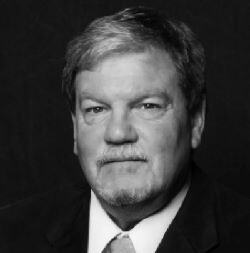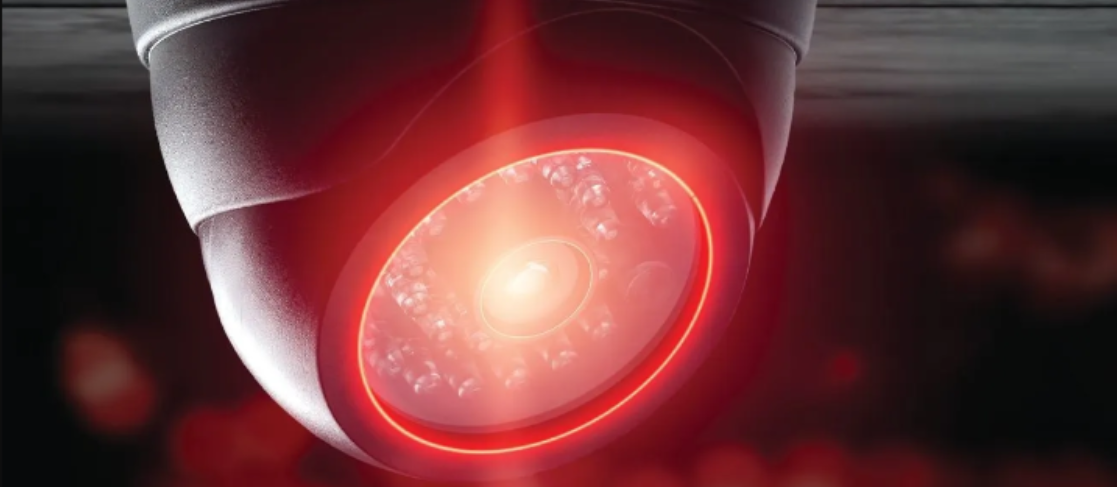Not If, but When
Choosing the right time for upgrades

There always comes a time when external or internal factors require an upgrade of systems. Determining wants against needs is always an interesting proposition for facility managers. Interminable requests hit an FM’s desk from the whole spectrum of their customer base. Acting on a customer service request takes experience and a modicum of common sense. An evaluation must be made based on several factors, not the least being the necessity of the work and the ramifications of any project on the whole of the organization. The same goes for FMs. They need to differentiate, very clearly, what is needed versus the perception that their request is based on a want.
Needs are limited to essential things that are primarily focused on the present, looking to the future. They arrive based on those circumstances that tend to arise. There are many demands on FMs that must be met as regulations roll out; as technology advances; as the pressure for sustainable and efficient efforts become more insistent; and as equipment suffers from attrition. Money, which FM does not control, is the one thing FMs need most. Good arguments must be created to loosen the organization’s purse strings. FMs must also emphasize benefits that may affect any ROI or payback criteria. Sometimes senior management focuses too much on immediate gratification and must be convinced that over time an investment will be worthwhile.
When considering an upgrade or renovation, FMs must plan. Ensuring that a longer term than a one-year plan is in place will make changes easier. FMs should always prepare for the future, especially before budgets are made. Unbudgeted capital expenses are not looked upon kindly by upper management. Some companies do not treat software as capital, so any upcoming costs for new or improved systems may need to be reflected in operating expenses.
Even though an item may be budgeted, a business case will still need to be presented to attain approval for the expense. A business case explains the rationale for initiating a project or task. It is often delivered in a written document or a presentation, but could be less formal, such as a verbal agreement. Business cases demonstrate that whatever resources are needed, they should be in support of a specific business need. An example could be that a lighting upgrade to LED lamps will help save energy and boost employee performance. The business case must show that the improved lighting quality would enhance customer well-being as well as reduce system maintenance costs. A compelling business case captures both the quantifiable and qualitative characteristics of a proposed project.
Quantitative data relies on numbers and measurable data while qualitative data is subjective and holistic. Quantitative information is distinct from concepts and is grounded in reality. As qualitative and quantitative information reflects different data, their impact on a business case differs considerably. Although both are good to include in the business case, it will be numbers that sell the project.
Change for the better
The right time to upgrade or renovate is when the time is right. There are several reasons that positive change must happen, especially given the certainties and uncertainties of FM. If everything is going well, something has obviously been overlooked.
Sustainability has been one of FM’s most pervasive and demanding influences for more than 20 years. It was once considered the right thing to do to protect the environment. Now government regulations, peer pressure, industry competition and efforts to improve corporate social responsibility have made it a must thing to do. From energy efficiency to carbon footprint analysis and mitigation, to carbon neutrality and net zero buildings, the bars have been set high and efforts to comply will cost money.
Despite the costs, sustainability initiatives help streamline operations, save money and improve quality of life.
Investing in the future
Equipment will not last forever. All things break down with time, and this especially applies to isolated or untended systems. Whether due to planned obsolescence or just wear and tear, the longer a machine stays in service, the higher its maintenance cost and the lower its ability to provide optimal performance. There will come a time when it becomes more cost effective to replace the equipment. Determining any equipment’s most economical age is a challenge. Manufacturer specifications and recommendations may form some guidelines, but they may not reflect the performance of the machinery. Measuring and monitoring helps with the assessment, and preventive maintenance may extend the life. Outside of complete failure, when to replace equipment is not an exact science.
In today’s world, this is when technology raises its expensive head. There is a domino effect when dealing with technology. Once, an energy management system (EMS) or building automation system (BAS) was cutting-edge technology. As new developments arise, so does the opportunity to improve performance.
Investing in technology can be costly, but with the right approach to its application, it may be well worth it. This is where a good business case and quantitative analysis are critical. Intangibles like computer programs are tough to justify.
The Internet of Things (IoT) is the collection and exchange of data between physical devices connected via internet protocol. It allows FMs to collect more data, respond quickly to changes and avail themselves of new business intelligence. As FM trends toward a world in which everything is connected, a smart infrastructure will need to be initiated, with assets and FM tools able to deal with the scale and life cycle with dispersed but connected assets. This will make it much easier for FMs to identify issues and potential challenges in their buildings and will help justify initial costs over time.
The next step can be to use artificial intelligence (AI) to monitor physical assets and gather intelligence. AI is a transitional software that enables FMs to shift from guessing about performance and the state of equipment to leveraging fact-based decisions. AI makes it easier to predict the performance life cycle of an asset before its performance is affected or before the asset fails. This can help FM teams perform preventive maintenance more effectively and address potential issues before they become problems.
While IoT allows an FM to monitor different building systems, AI facilitates the effective use of that information by bringing in data-driven intelligence for more informed decision making. It helps overcome challenges posed by high expenditures and major maintenance costs. Data can be used for predictive analytics to facilitate predictive maintenance techniques as opposed to reactive asset management.
Sensors have become more affordable and internet connectivity is faster and more reliable, driving the growth of IoT and AI. All those sensors generate data, which allows FMs to identify issues and potential problems more quickly and easily than in the past. This, though, depends upon the analytics capabilities of the systems, which leads to big data.
If each sensor provides one reading every second, that will produce 86,000 records in one day per sensor. FMs will need big data’s advanced analyticsto make sense of all that information to identify issues quickly. Advanced analytics will allow FMs to detect any problems with an asset when it begins to deteriorate and create an opportunity to remedy it.
It is a blessing and a curse that IoT’s proliferation creates a requirement for more innovative analytics; the shopping list just keeps getting longer. A major benefit is that FM teams can mine these data sets and easily detect poor performance issues as they develop and equipment failure before it occurs. The advanced analytics with big data will allow FMs to gain meaningful messages from the information constantly being collected from sensors.
If there is one superpower that FMs could use, it might be the ability to be in two places at once. Augmented reality (AR) has moved one step closer to that dream. FMs can sit at a desk and walk through an office layout at the same time. AR provides an interactive experience of an actual location which is enhanced by computer-generated perceptual information. It allows components of the digital world to blend into an FM’s perception of the real world through the integration of immersive sensations, such as touch, smell and hearing. AR may seem like an extravagance, but given the right need and the right application, the money may be well spent.
FM on the move…
FM also benefits from mobile technology and its improved communication, on-site access to computing functionality and accurate data recording. Mobile technology has been a game changer in the FM industry. It reduces downtime and gives managers greater control over projects with the ability to track work, take pictures and diagnose issues in real time.
…and never stopping
Necessity is the mother of invention. It could also be said that necessity is the demand for renovation and the need for better tools. This applies to equipment and technology, as they are more intertwined. There comes a time in every facility when change becomes necessary. Part of the art of FM is the ability to balance needs, plan for them accordingly, and time the upgrade or renovation appropriately.
Information leads to knowledge, knowledge leads to decision making, learning from decisions leads to wisdom. Change for the sake of change is not a good idea. Change for the right reasons, for the better, is smart. The drivers of change could be the impact of digital technology on the workplace, changing expectations and behavior, the urgency for sustainability, new regulations or just for the sake of efficiency and costs. Needs will continuously arise, and an FM will have to choose carefully to not break the bank.
The quest for continuous improvement necessitates the investigation and adoption of optimal systems. It could be for energy efficiency, security, employee health and safety, or the triple bottom line. However, it will be incumbent upon FMs to ensure the distinction between wants and needs are clear. The better FMs can do their job, the better their service to the company will be. That is a hard argument to refute.

Bill Conley, CFM, SFP, FMP, LEED AP, IFMA Fellow, is a facility manager at Yamaha Motor Corp. in Cypress, California, USA. He previously served as owner and chief sustainability officer of CFM2, a facility management company. Conley has more than 40 years of experience in the facility management profession and has been a proponent of sustainable operations for more than 20 years. Conley has served on the IFMA board of directors, is a recipient of IFMA’s Distinguished Member of the Year award and has received the association’s Distinguished Author award three times. He has been a regular contributor to FMJ for almost 30 years and has authored more than 100 FMJ articles.
Read more on Operations & Maintenance and Project Management
Explore All FMJ Topics









